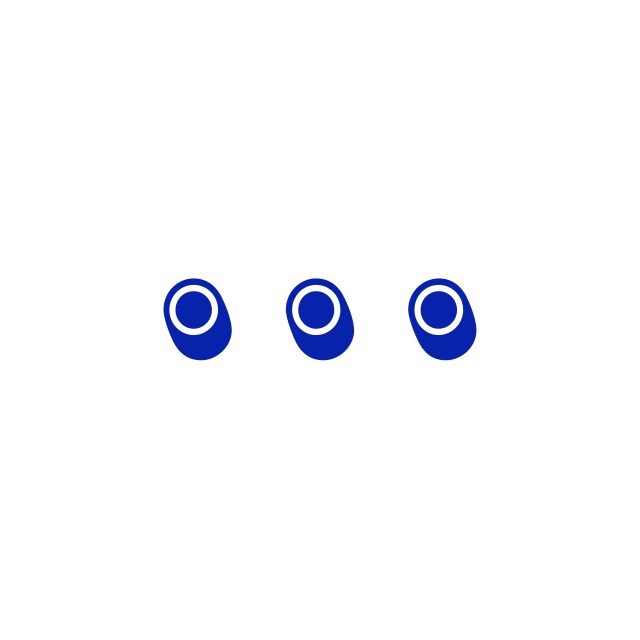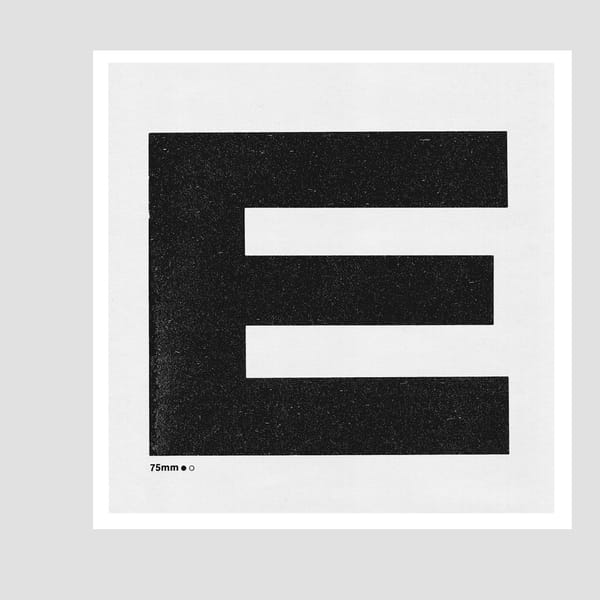A sophisticated typeface with generous curves and hidden depths, Nicole Phillips has a big crush on Otama Display's seductive lowercase 'k'.
Ask a typographer to select their favourite typeface and watch anxiety and indecision flood through them. Ask them to narrow their selection further to a ‘favourite’ letterform, and the task becomes seemingly impossible.
Some typefaces engage us in brief love affairs. Others are a catalyst for fleeting desire and lust. Most typographers find only a select few faces to enter into meaningful (yet polyamorous) relationships with. Choosing one as ‘favourite’ means excluding other typefaces equally worthy of that title. So, at the risk of offending the rest of my present bedfellows...
Otama Display has me captivated at the moment.
I purchased the Otama type system on a whim, primarily because the name conjured sentimental memories of summer holidays, surf and seafood on New Zealand’s Coromandel Peninsular. On first inspection the face appeared an elegant, contemporary take on French Didone styles. As I used Otama, she slowly revealed herself. A delightfully, sophisticated woman with seductive (full-figured) curves emerged. Otama Display was confident, energetic and somewhat unpredictable.
Our relationship blossomed and it was time to undress her. I began to scale, trace, deconstruct, and grid, to unlock the secrets of her naked form. She was complex, and unexpected with a tall x-height, a lofty jot, full round bowls and blunt terminals. My elementary appraisal of Didot influences became less obvious and her French accent started to fade. Yes – she had the characteristic neoclassical extreme contrast, and unbracketed hairline serifs. But the more I drew her the more familiar her calligraphic cues became.
Otama Display’s lowercase 'k' particularly fascinated me. A geometry usually reserved for italics, this roman k had a vertical axis and upright posture. She boasted a partially enclosed counter, cinched by a peculiar cross bar that only flirted with her stem. Her leg extended laterally and kicked playfully below the baseline. Her proportions were math and magic in equal measure.
The relationship was getting serious and it was time to meet her family. A well-balanced, diverse bunch, there were over 8000 characters to get to know – thankfully all were generous and friendly. Across the family from light, to ultra black, Otama’s forms were exciting, irregular yet harmonious.
Designer Timothy Donaldson crafted this system impeccably. This was more than lust – Otama and I are in it for the long haul.
Nicole Phillips
Based in Brisbane, Australia, self-confessed typophile Nicole Arnett Phillips divides her time between her design consultancy practice and her self-initiated research, publishing, typographic and printmaking activities, which she writes about on her blog TypograpH.her. Nicole also writes, designs and produces limited edition books, as well as the regular Typograph Journal, which aims to examine serious subjects such as design theory, practice and process in an engaging and accessible way.
Tim Donaldson
Otama was designed by Tim Donaldson, co-founder (with Chris Johnson) of The Suburbs design studio, which is based in Tauranga, New Zealand. As well as branding and digital work, the multi-talented studio designs and produces a range of beautifully pared-back products including furniture and ceramics, and even has its own range of bespoke tea blends.






